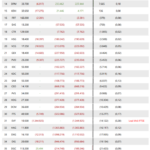Lack of sand, affecting the progress
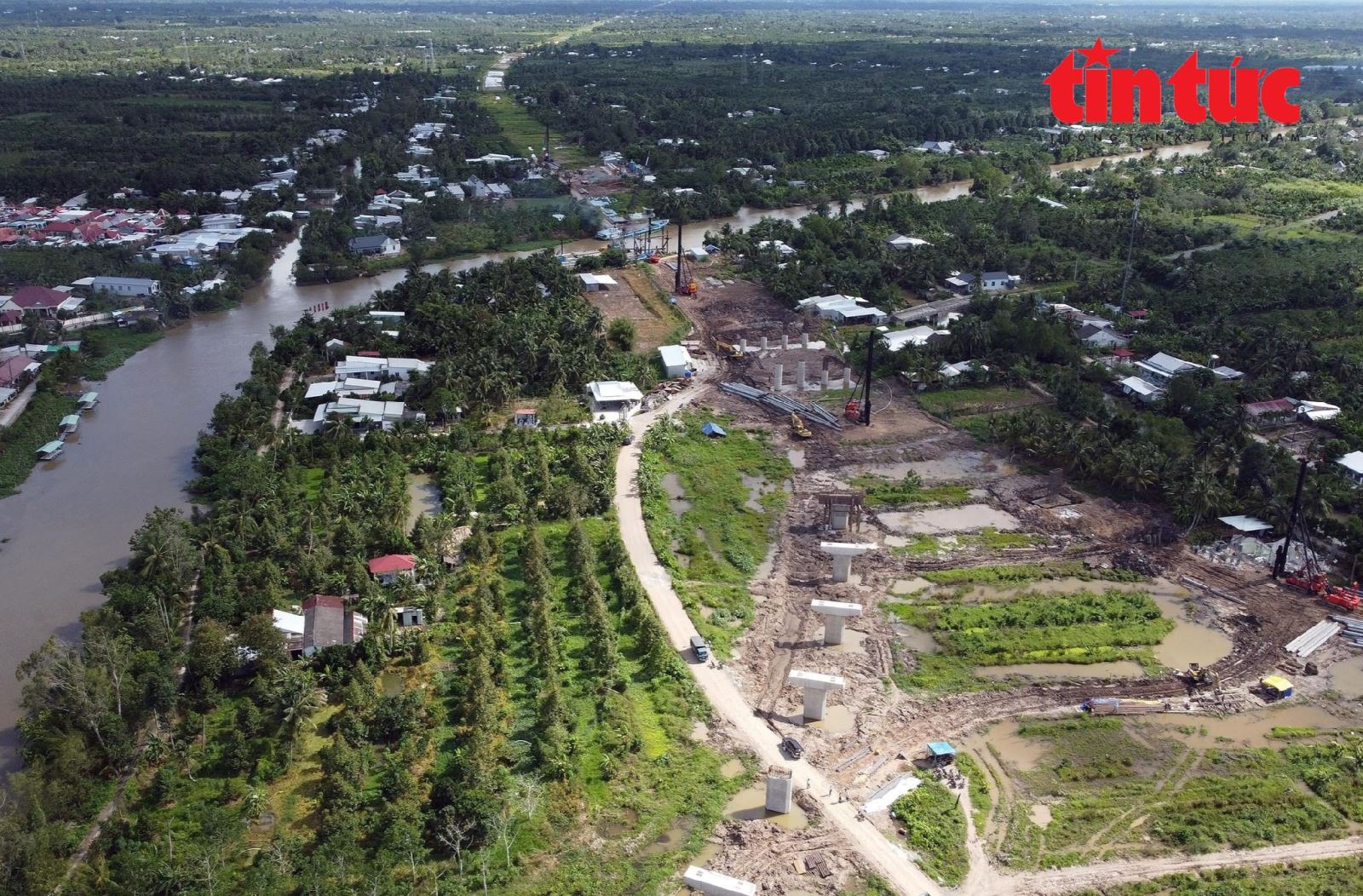
The Can Tho – Ca Mau expressway passes through the IC2 intersection through Cai Rang district (Can Tho City).
According to the proposal to resolve the difficulties in sand supply for the Bac Nam expressway in the Mekong Delta provinces, the Prime Minister directed the People’s Committees of An Giang, Dong Thap, and Vinh Long to prioritize the allocation of sand mines for the project. In which, An Giang province arranges 7 million m3 (in 2023 is 3.3 million m3), Dong Thap province arranges 7 million m3 (in 2023 is 3.3 million m3), and Vinh Long province arranges 5 million m3 (in 2023 is 2.5 million m3).
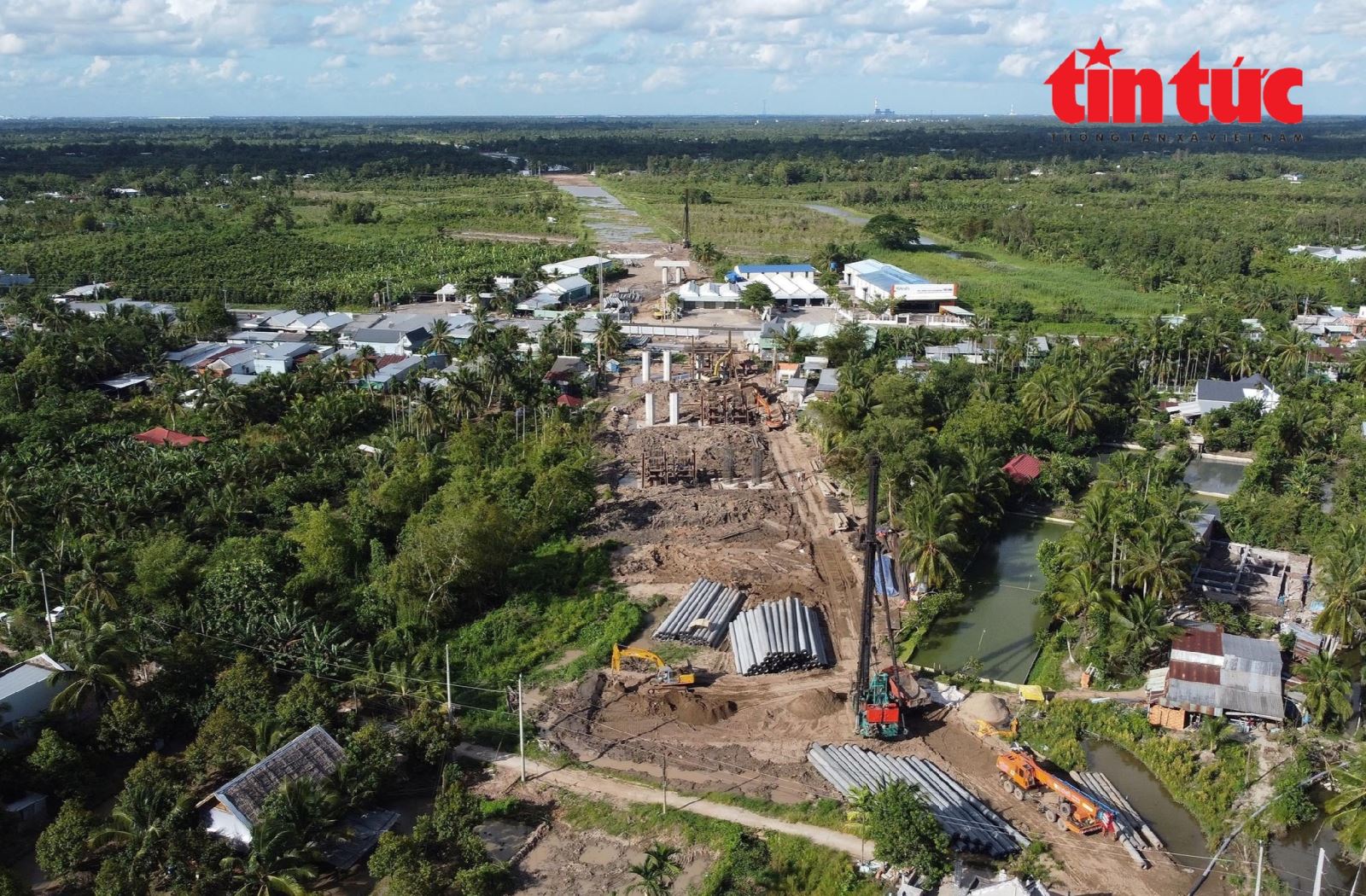
The Can Tho – Ca Mau expressway is the most important highway in the Mekong Delta with its starting point at IC2 intersection (intersection connecting National Highway 91 – Nam Song Hau, Can Tho City), and its end point connecting the bypass to Ca Mau City.
To proactively use marine sand for the organization of pilot expansion construction in suitable sections, based on the results of the project “Evaluation of Marine Sand Resources for Mekong Delta expressway and transportation infrastructure projects” by the Ministry of Natural Resources and Environment, the Ministry of Transport has directed the project investor, the Management Board of My Thuan Project to coordinate with the People’s Committees of Soc Trang and Tra Vinh provinces to implement the procedures for transferring mines to the contractors for exploitation under special mechanisms.
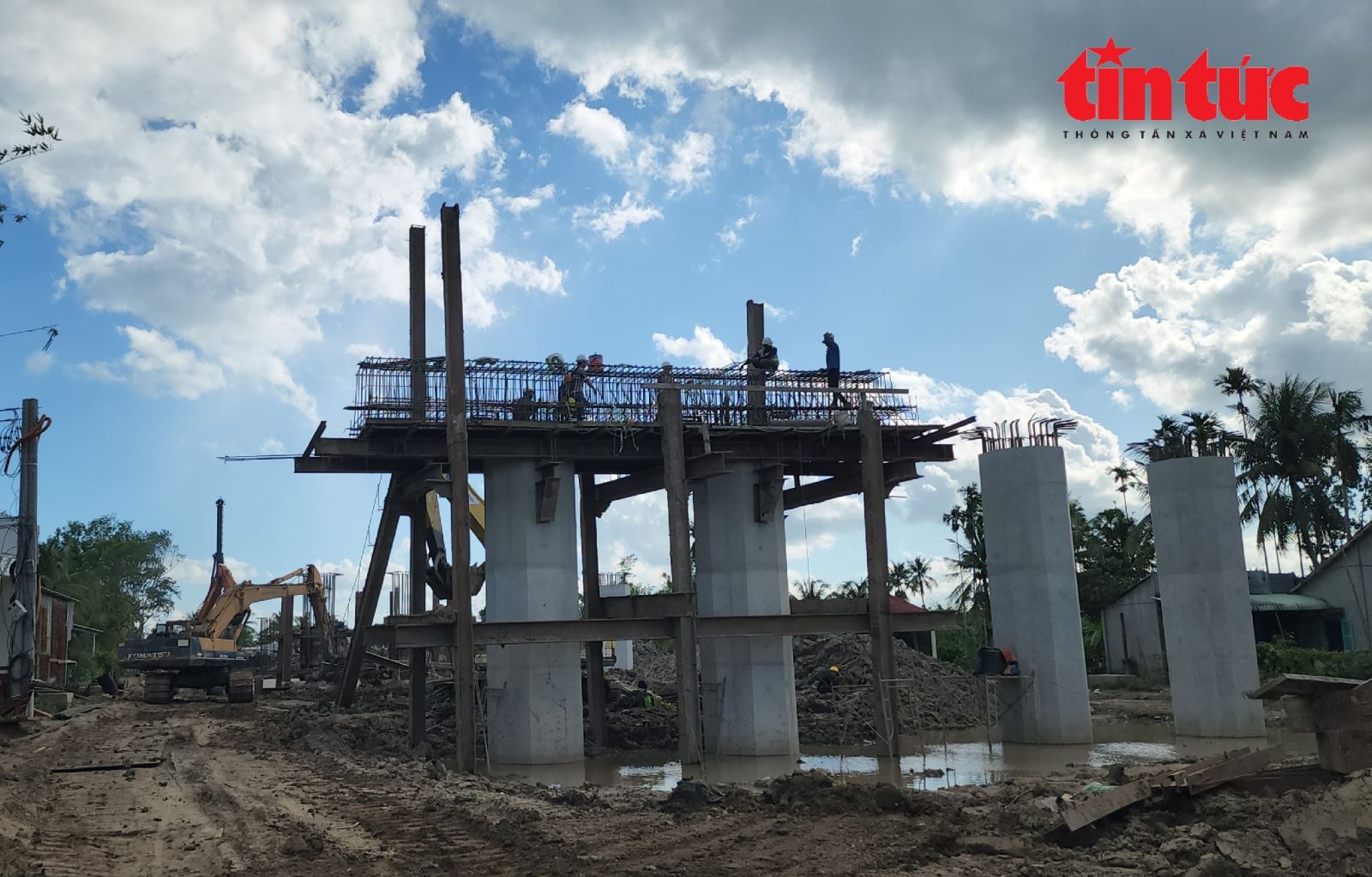
Construction of foundation, columns, and beams on the expressway.
However, the localities are still confused about the specific mechanisms for sand mining, regulations on administrative boundaries on the sea, mining licensing procedures…Therefore, the Ministry of Transport has sent a document requesting the Ministry of Natural Resources and Environment to guide the procedures.
According to calculations by the Ministry of Transport, the Can Tho – Ca Mau expressway currently needs a volume of 18.5 million m3 by the end of June 2024, and 9.1 million m3 must be supplied in 2023. However, the progress is still slow and it has had a significant impact on the construction progress.
Although the Government has firmly directed the localities to focus on resolving the difficulties to provide materials for the project, the Ministry of Natural Resources and Environment and the Ministry of Transport have also proactively resolved difficulties and obstacles. However, by the end of January 2024, the procedures for mining and supplying materials for the project cannot meet the progress. Among them, An Giang province is still lacking 1 million m3 and Vinh Long province is still lacking 1.98 million m3…
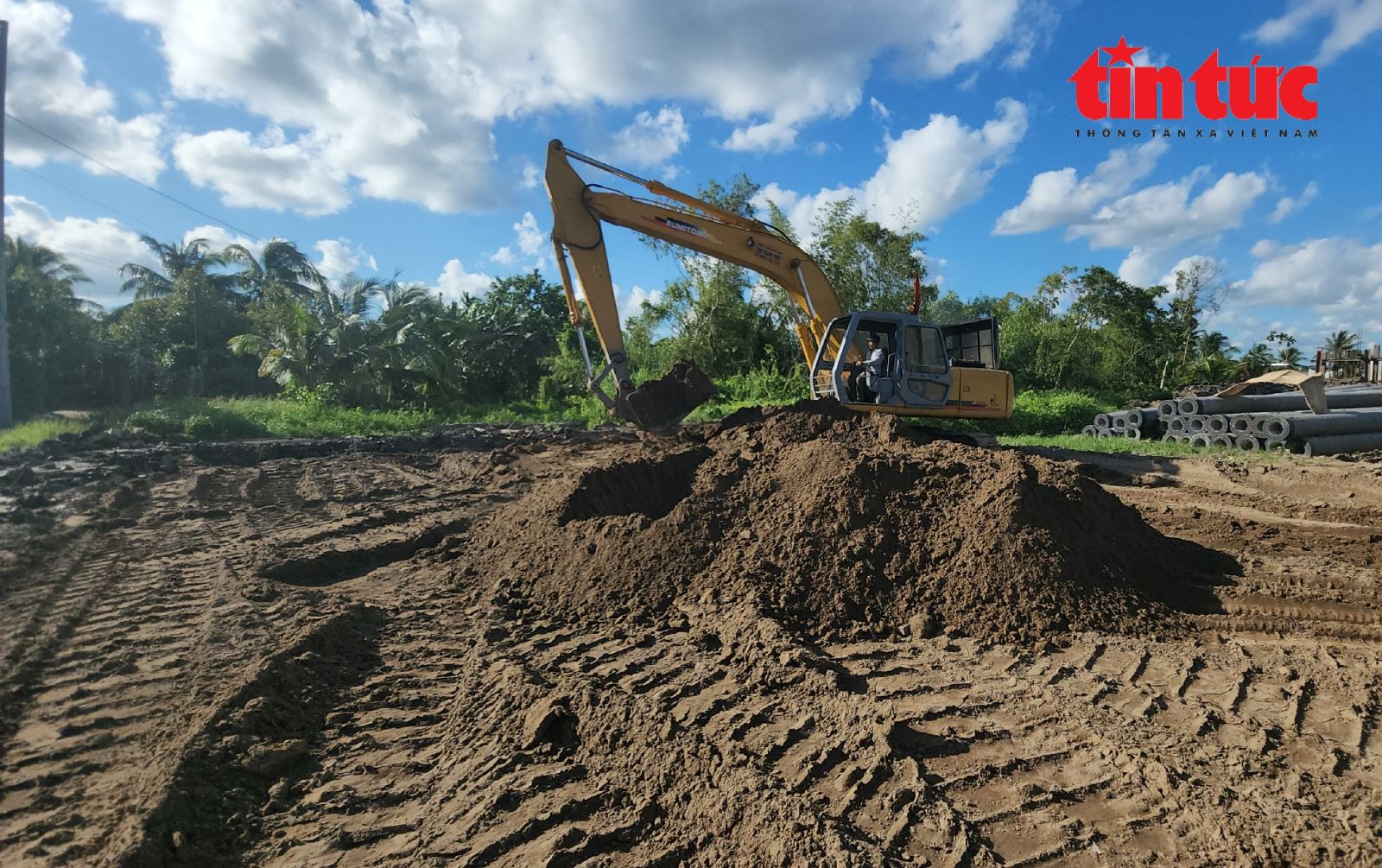
The total demand for road foundation sand filling is over 18 million m3, of which in 2023 is 9.1 million m3, but so far, the amount of sand that localities have planned to supply is about 3 million m3.
Representatives of the My Thuan Project Management Board (the project investor) said that due to the slow supply of sand mines in 2023, in order to ensure the high-speed construction progress of the Can Tho – Ca Mau expressway, it is necessary to supply about 90,000 m3/day.
Early completion of mining procedures
At the end of January 2023, the Ministry of Transport surveyed the project and worked directly with localities to identify difficulties, obstacles, and find solutions. Although waiting for the procedures to mine the sand mines, the actual mining capacity of the new mines is limited and must be extended until 2025 to fully exploit the reserves.
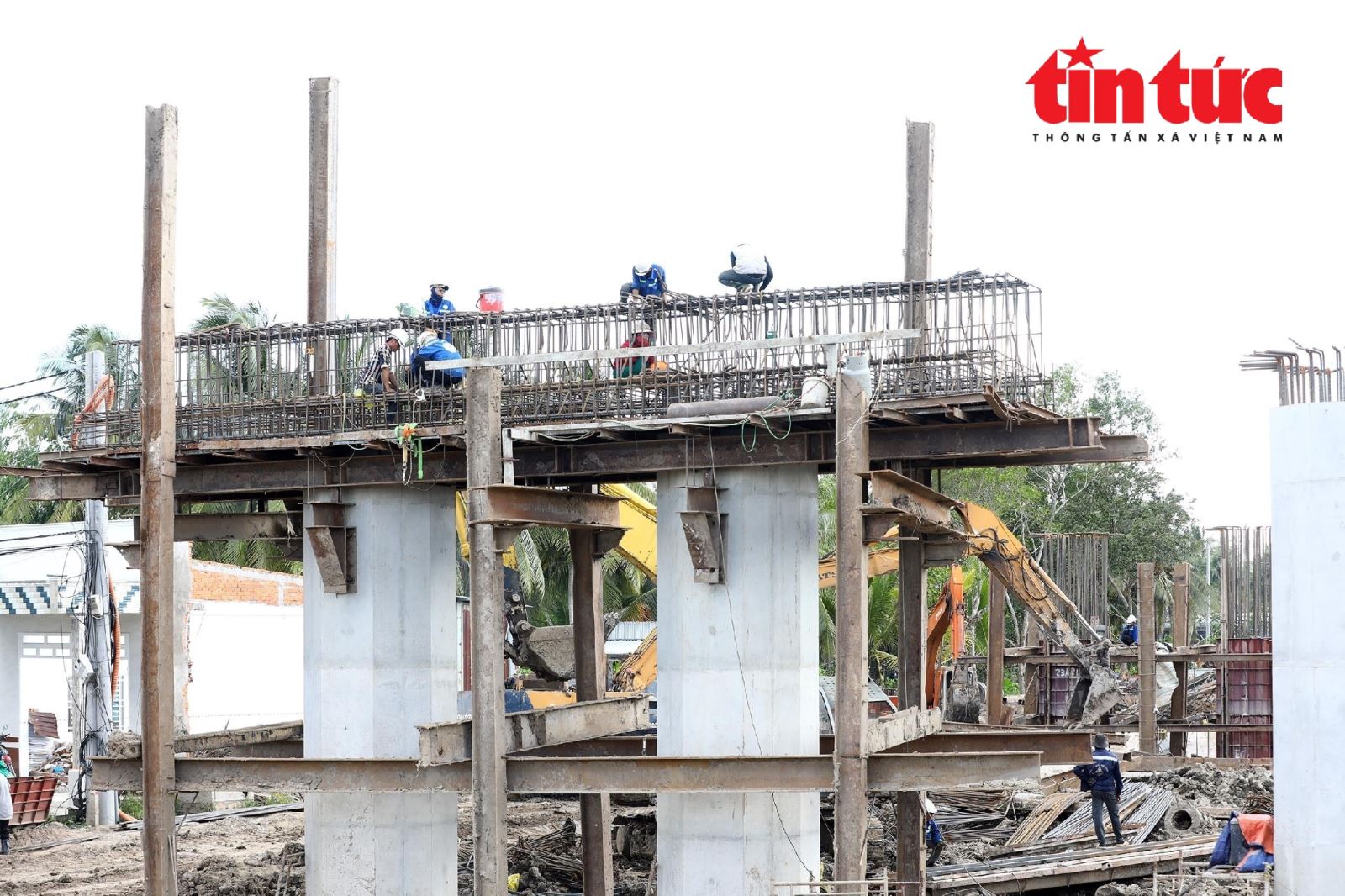
The construction unit of the bridge beam on the expressway.
In order to ensure the project completion progress in 2025, the Ministry of Transport proposed that the Prime Minister issue an official letter directing the People’s Committees of An Giang, Dong Thap, and Vinh Long provinces to urgently issue a “Confirmation Document” for the sand mines in the localities, so that they can be exploited from February 2024.
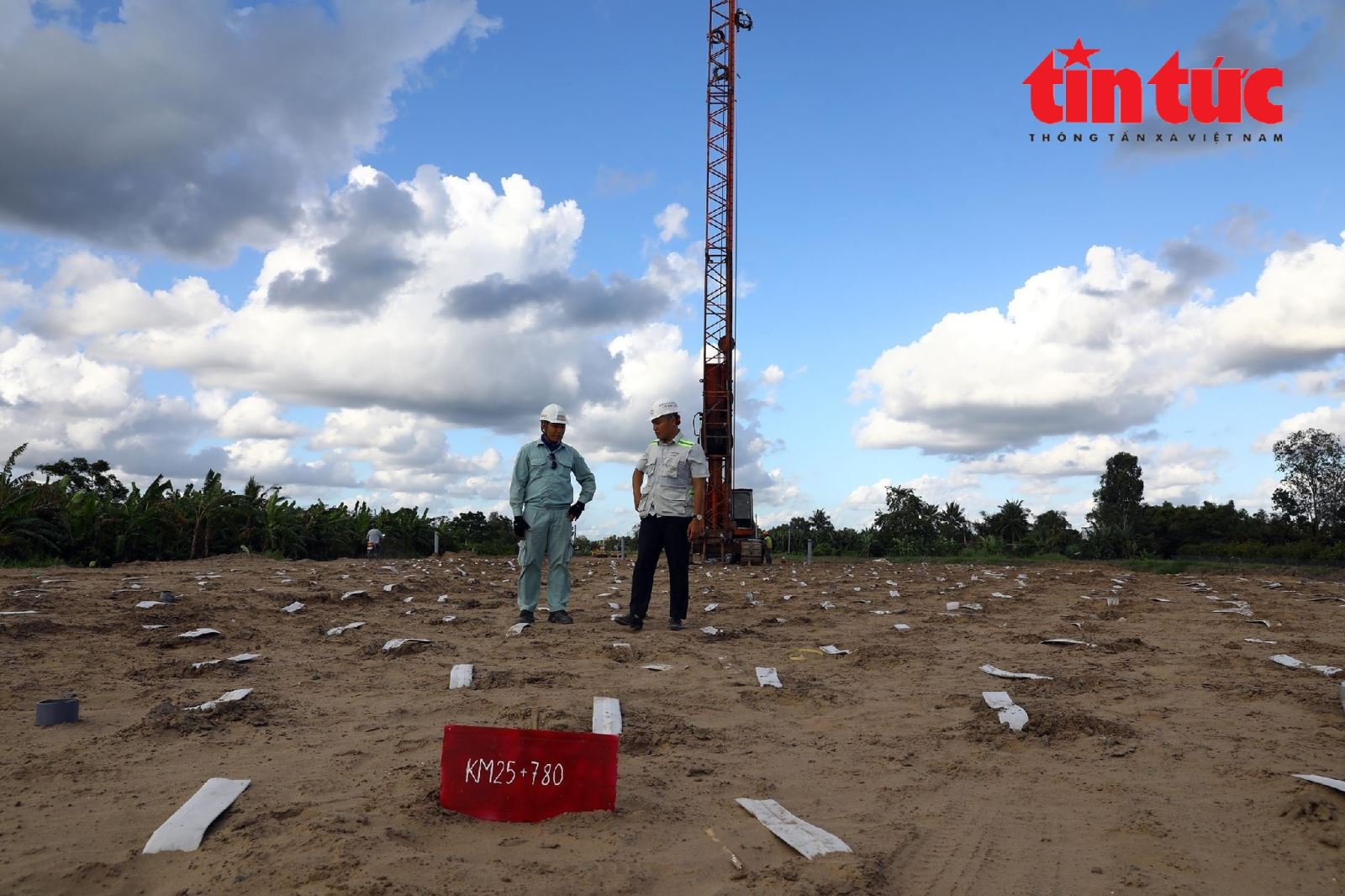
Section of the expressway with filled sand, drained (geo-technical material for strengthening weak ground, stabilizing the road foundation).
The Ministry of Transport also suggested that the Prime Minister direct localities to allow contractors to exploit the maximum operating capacity of equipment, vehicles, and mining time in a day, ensuring mining output. Based on the actual mining situation of the mines that have been granted to the project, reviewing and evaluating the approved environmental impact assessment content to consider adjusting to increase the mining capacity of the mines (if conditions permit).
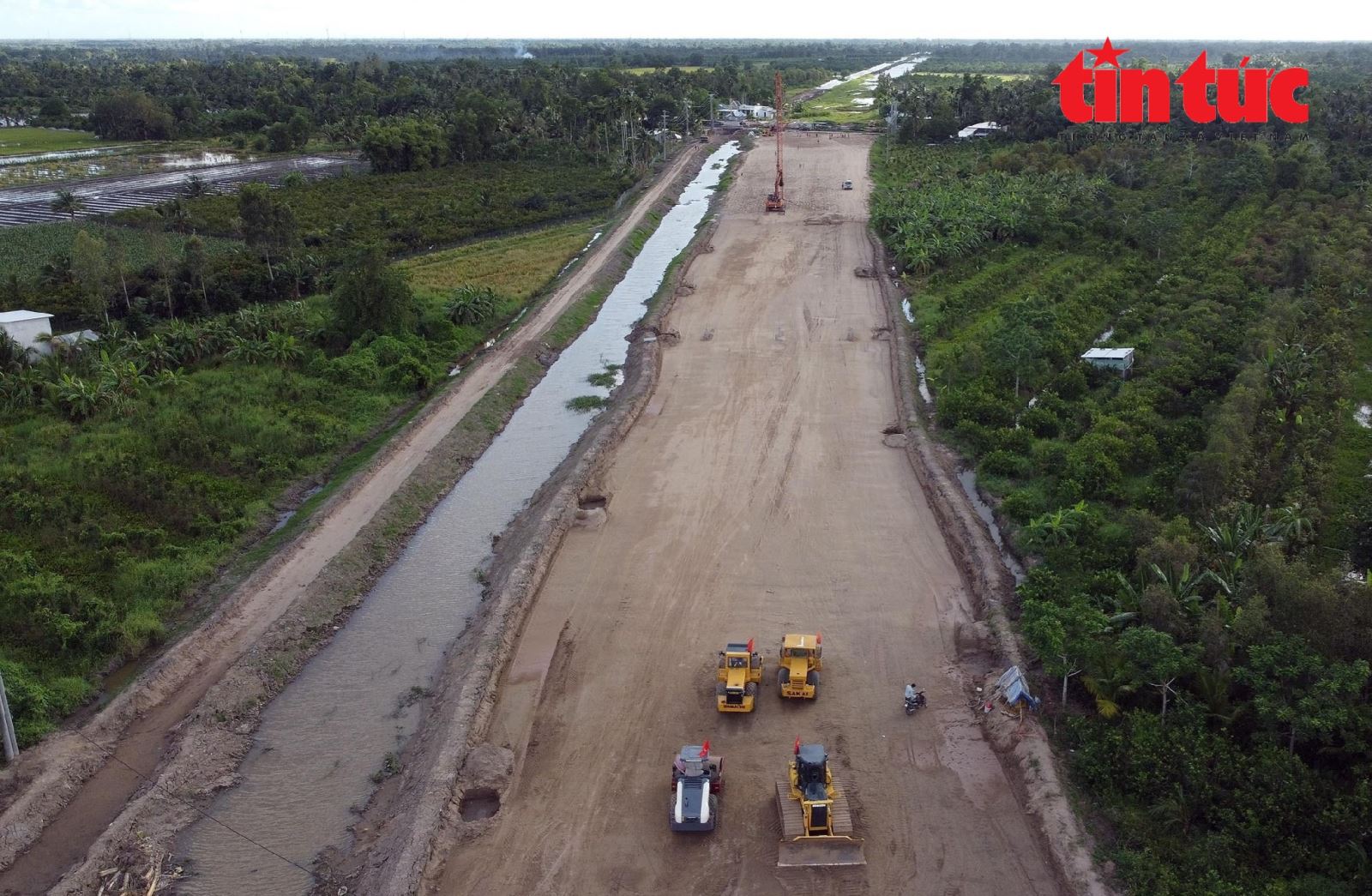
The new expressway has achieved over 20% progress.
The Ministry of Transport also proposed that localities shorten the time to implement mining licensing procedures so that they can be exploited before March 15, 2024; at the same time, the People’s Committees of provinces with road foundation sand resources such as Tien Giang, Soc Trang, Tra Vinh, Ben Tre… support the project investor and contractors to survey river and marine sand mines for supplementation.
The Can Tho – Ca Mau expressway started construction on January 1, 2023, after more than 1 year of construction, it has achieved a value of 3.816 trillion VND/18.812 trillion VND, reaching 20.3% of the contract value, behind schedule by about 6 months. The main reason is the lack of road foundation sand, so the contractors mainly focus on implementing the construction of bridges along the route, digging land, filling embankments, constructing public roads, temporary bridges… In addition, some construction locations on the Can Tho – Ca Mau expressway are still constrained by land, some are hindered by technical infrastructure projects that have not been relocated, especially high-voltage power lines, making it difficult to access and move equipment for construction.































